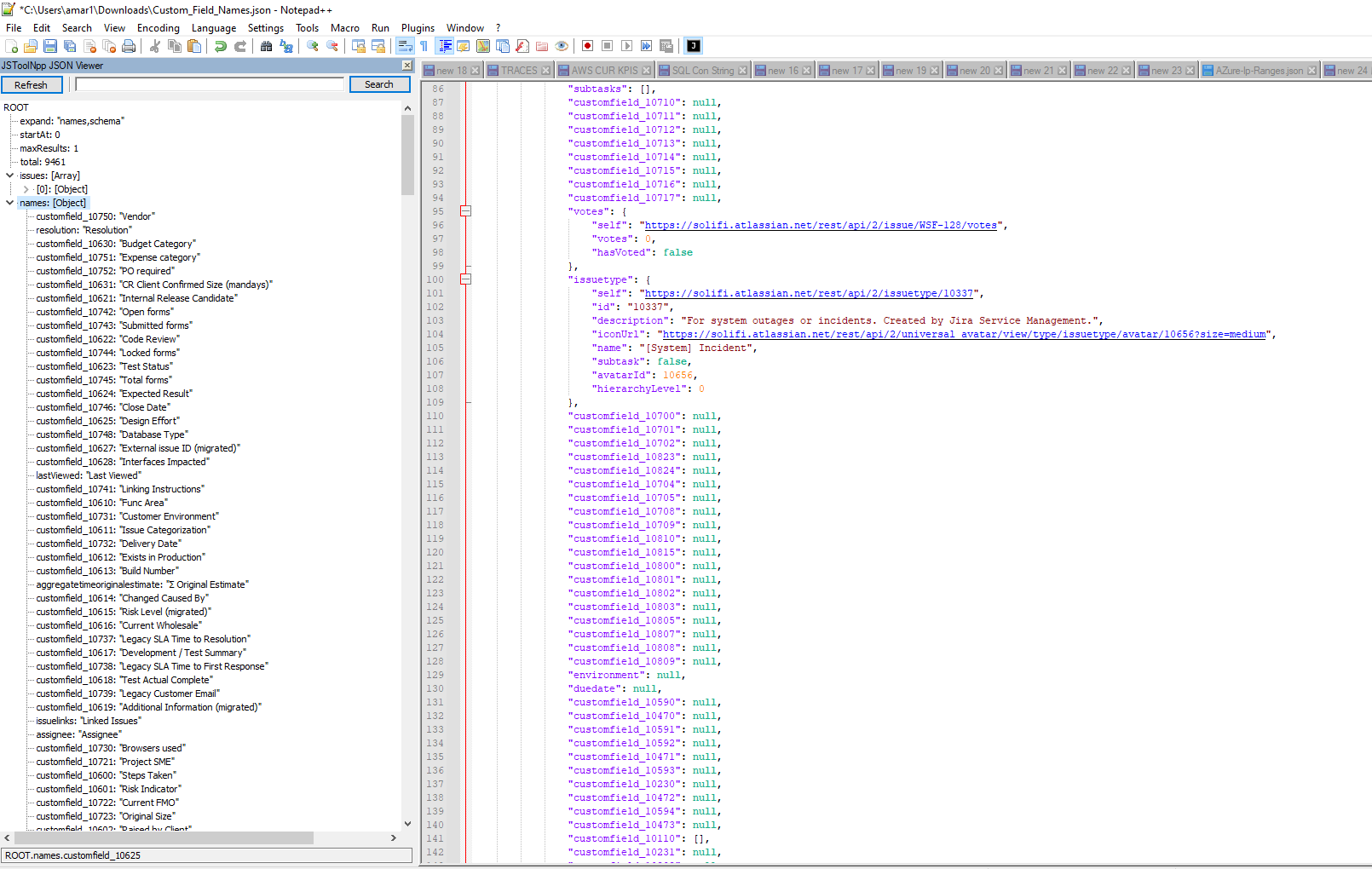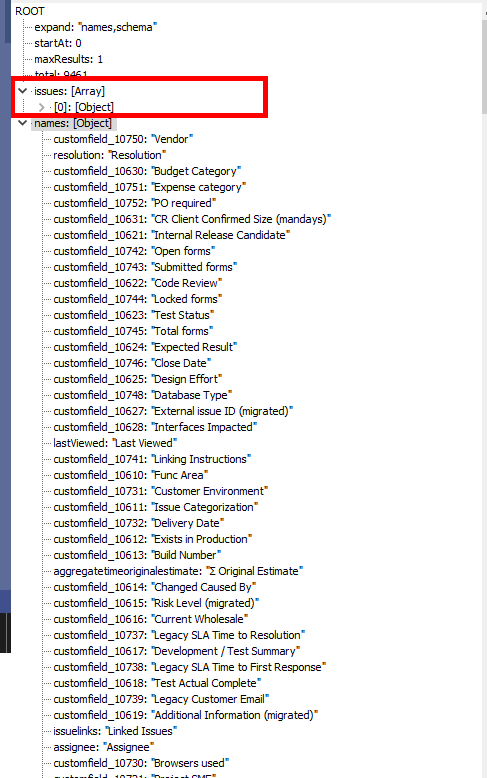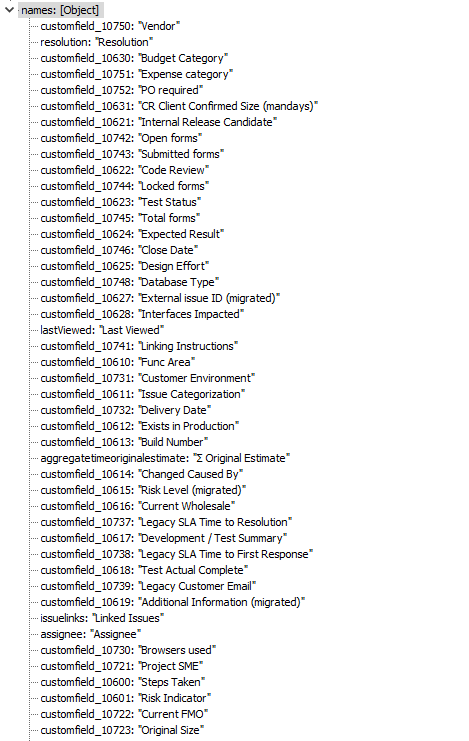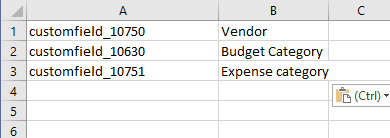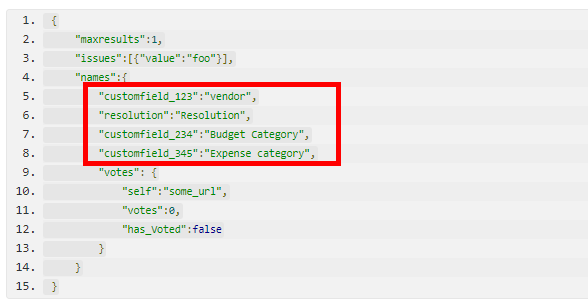Yes, it is unpivot, @Amar Agnihotri , with a couple extra steps:
First a select to grab all and only the columns starting with "customfield_"
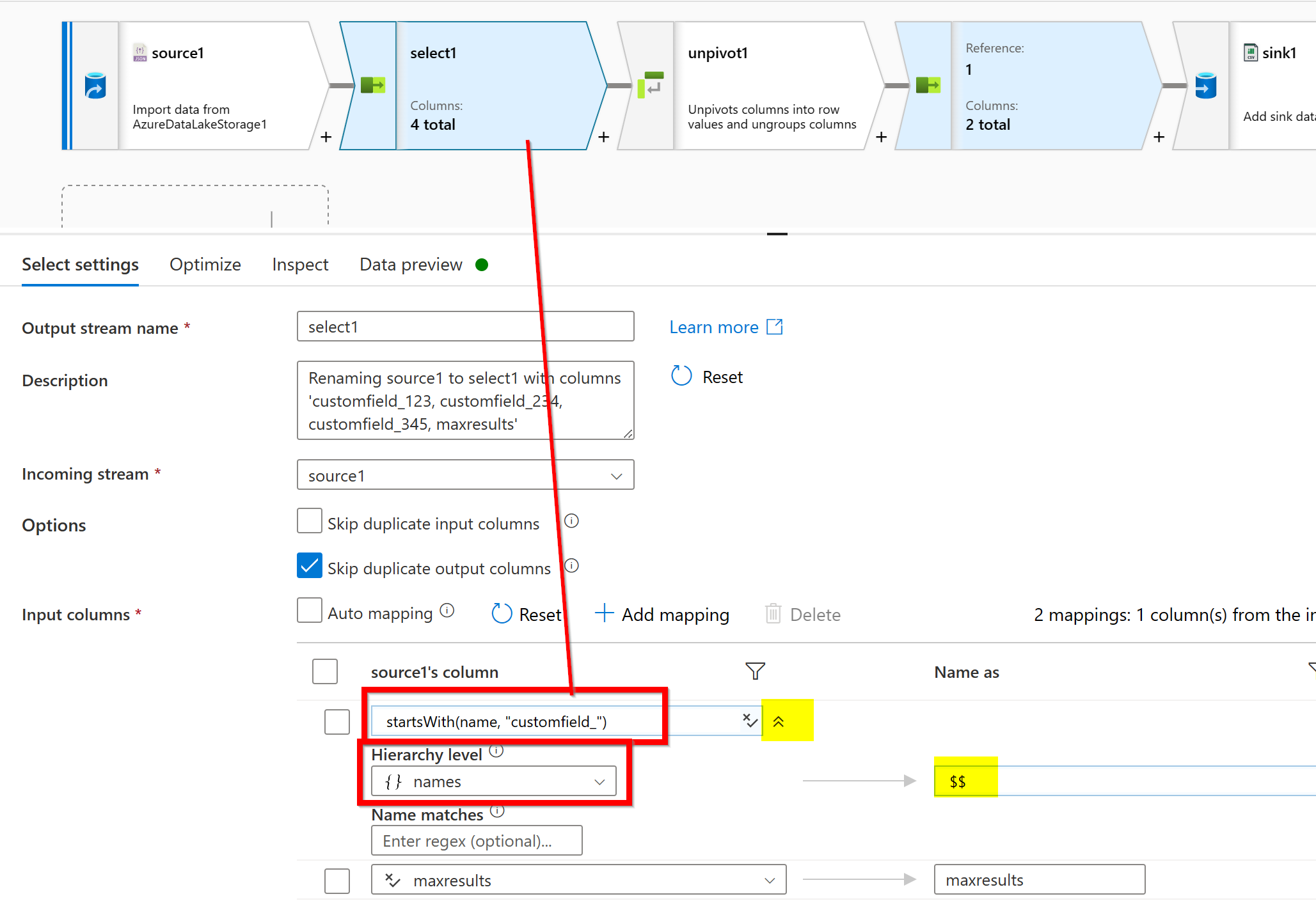
use the double-chevron to expand a rule-based mapping so we can specify to look under "names".
For a condition, use
startsWith(name, "customfield_")
Also, pick one other column, outside of names. The unpivot wants something not part of the pivot. I don't think it matters what you choose. This will be used in the Unpivot's "Ungroup by" column.
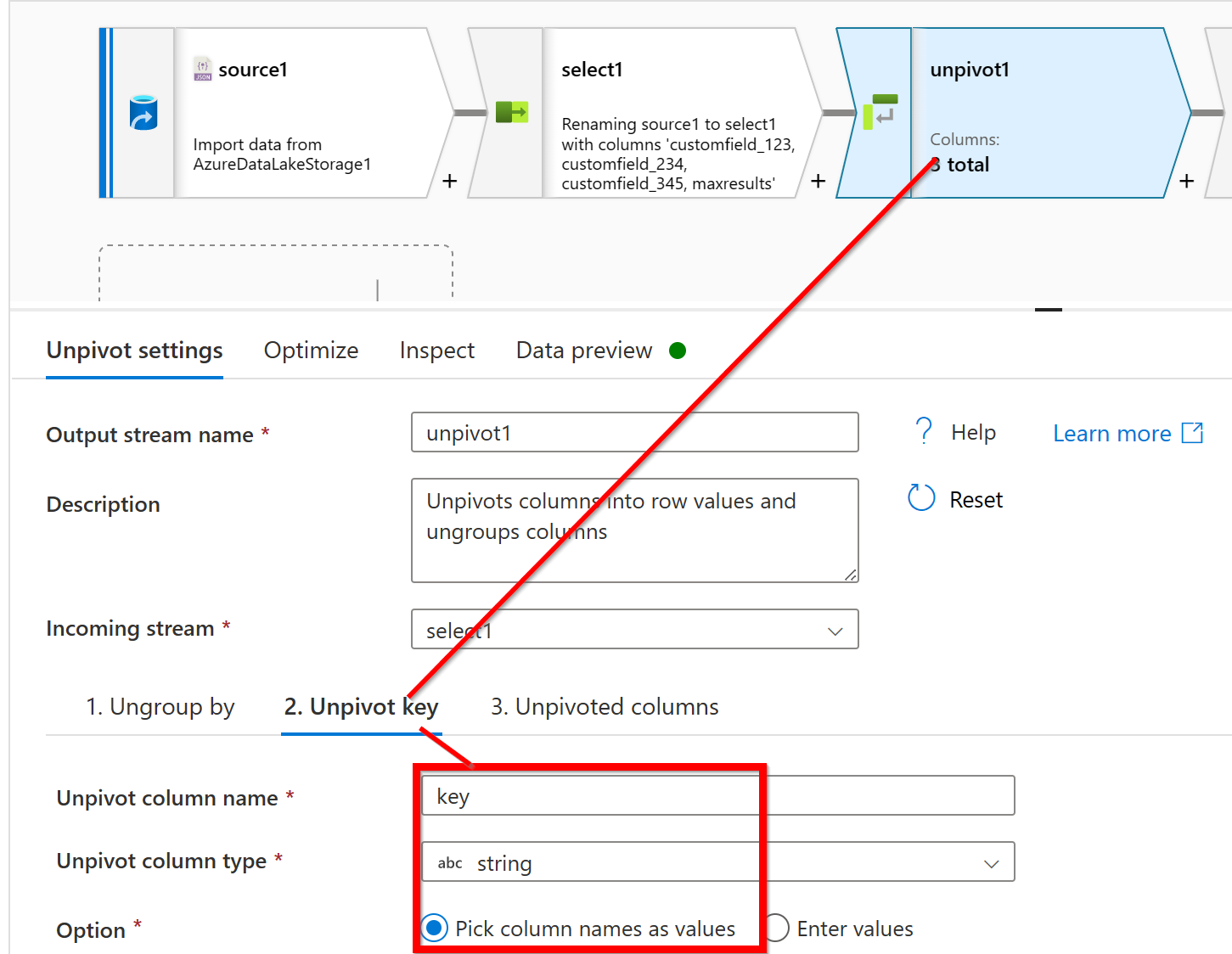
The Unpivot Key is the name for your Column A in desired output. It gets populated with all the "customfield_123" when you choose "Pick column names as values".
and lastly of the Unpivoted Columns, is your Column B in desired output.
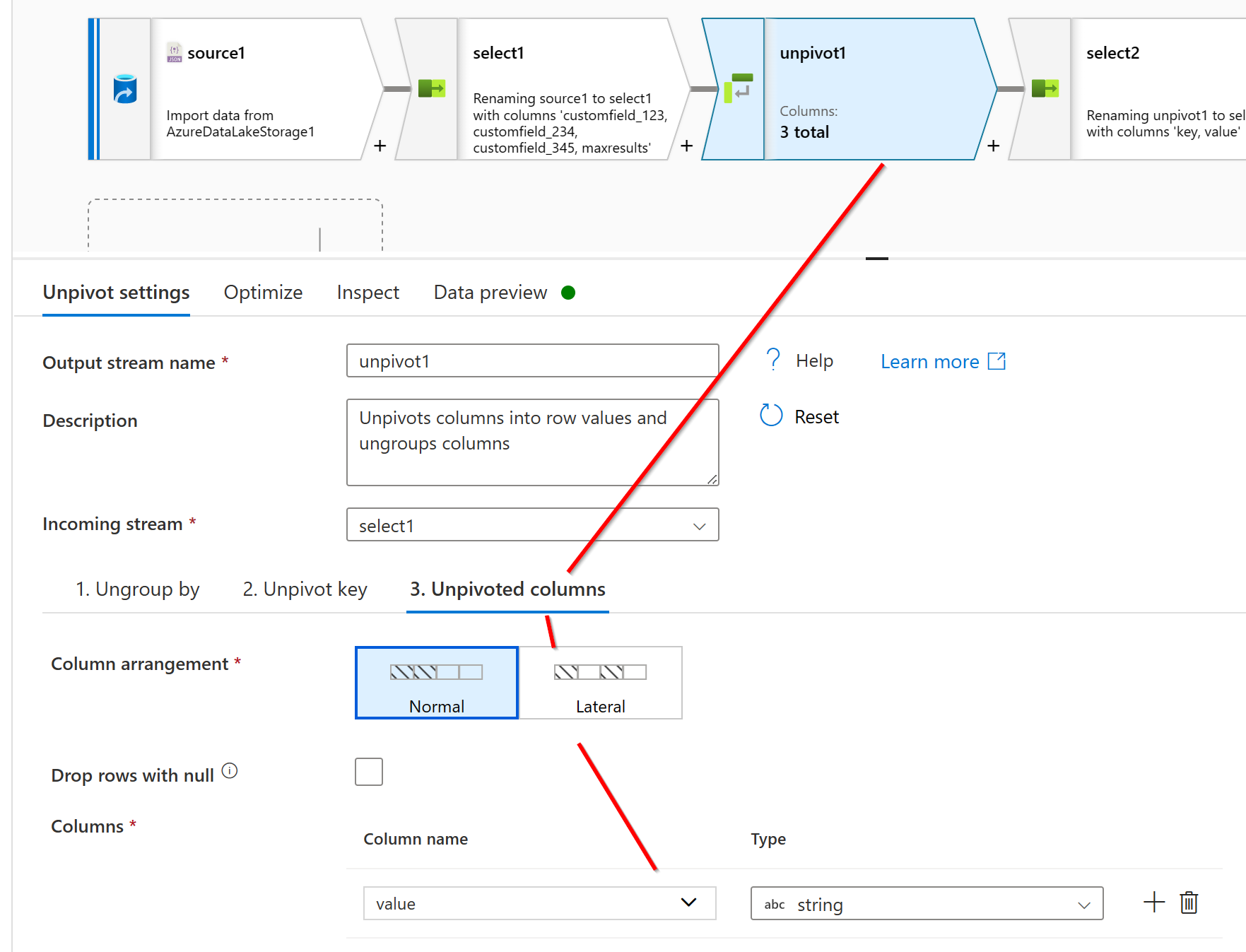
Now this results in 3 columns, one of which we don't care about.
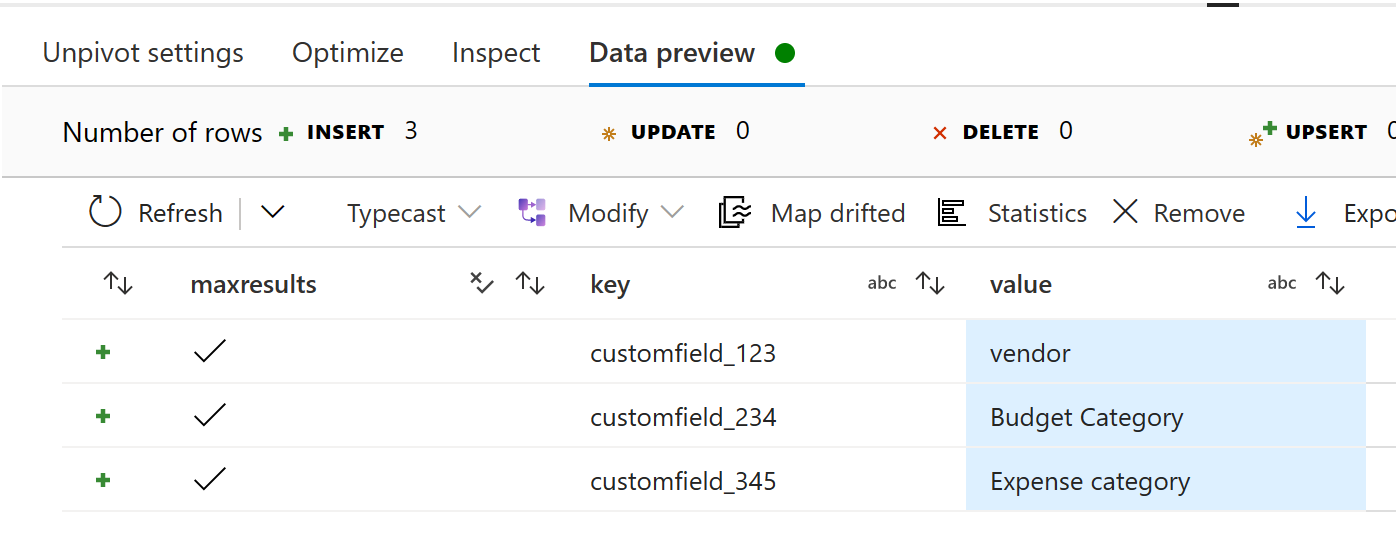
So after the Unpivot, add a Select transformation to cut it out.
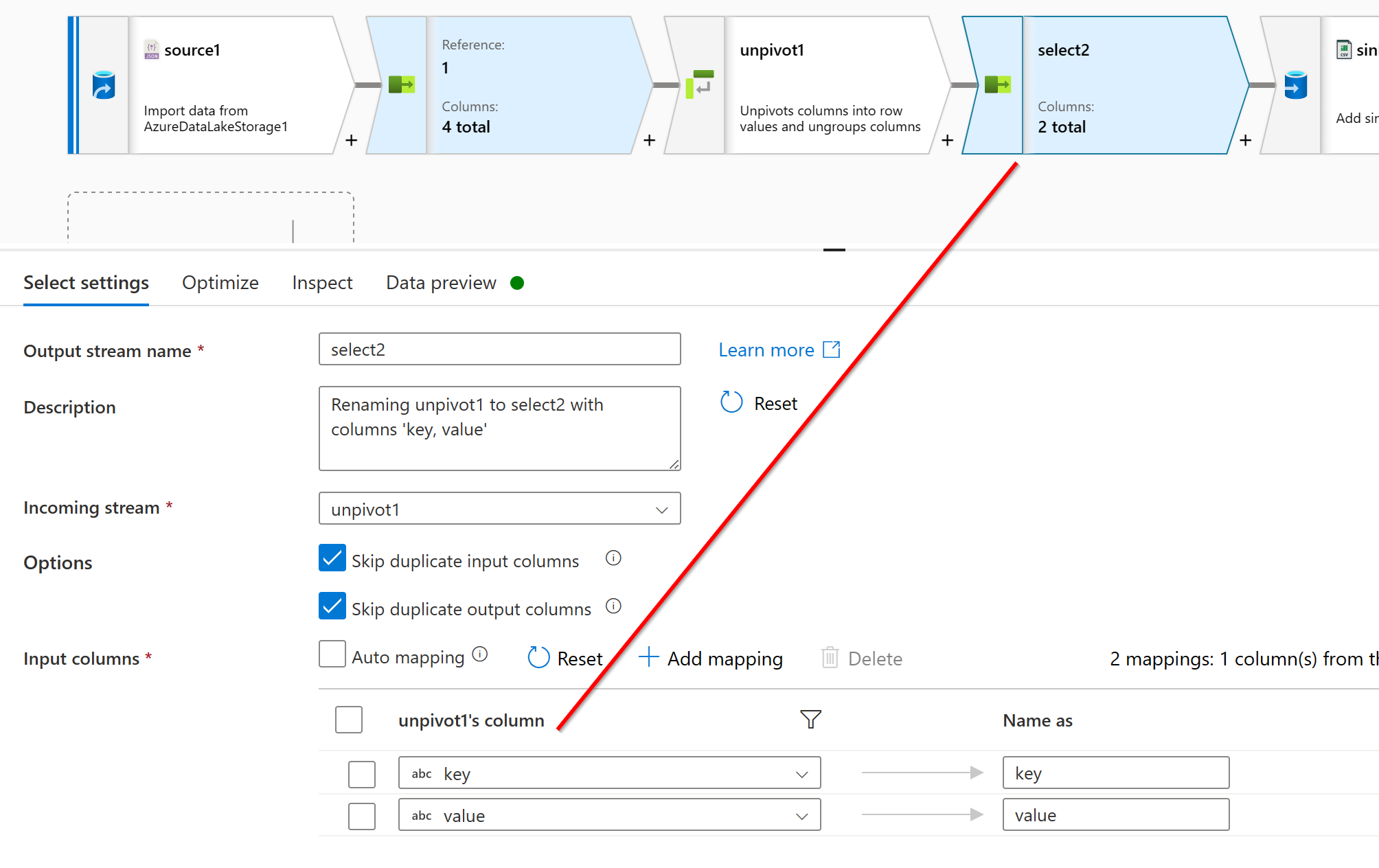
Hope this will help. Please let us know if any further queries.
------------------------------
- Please don't forget to click on
 or upvote
or upvote  button whenever the information provided helps you. Original posters help the community find answers faster by identifying the correct answer. Here is how
button whenever the information provided helps you. Original posters help the community find answers faster by identifying the correct answer. Here is how - Want a reminder to come back and check responses? Here is how to subscribe to a notification
- If you are interested in joining the VM program and help shape the future of Q&A: Here is how you can be part of Q&A Volunteer Moderators

